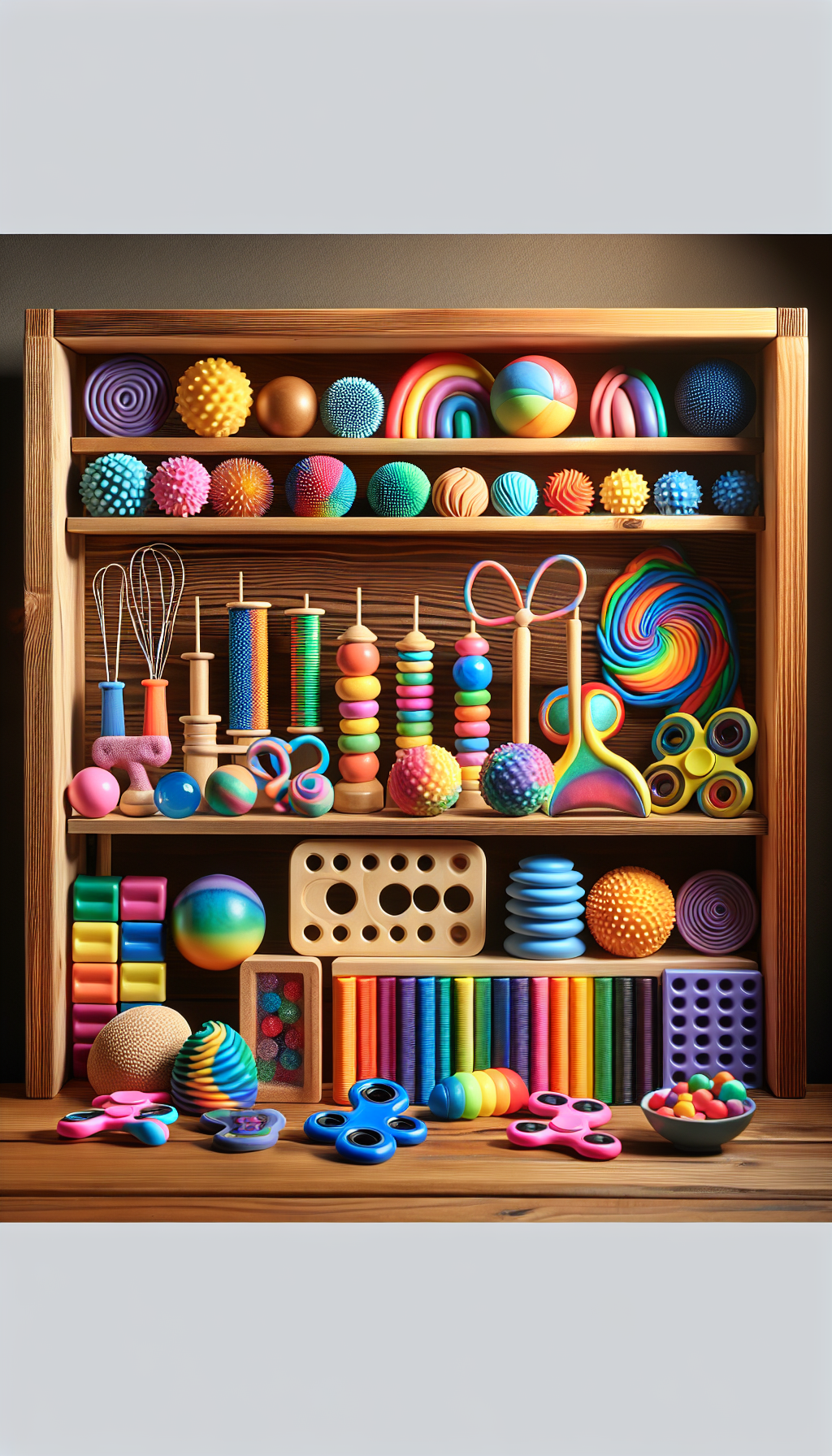Sensory processing issues are prevalent among individuals with Autism Spectrum Disorder (ASD), often leading to challenges in how they perceive and respond to their environment. Addressing sensory needs is crucial for supporting individuals with autism, enabling them to navigate daily life with greater ease and comfort. This comprehensive guide delves into the sensory tools and resources that can significantly enhance the quality of life for those on the autism spectrum.
Understanding Sensory Processing in Autism
Before diving into sensory tools, it’s essential to understand the role of sensory processing in autism. Sensory processing refers to how our brain interprets sensory information like sight, sound, touch, taste, and smell, as well as internal sensations from our muscles and joints. For many with autism, sensory processing can be overwhelming or understimulated, leading to sensory sensitivities or sensory-seeking behaviors.
For a detailed exploration of how sensory integration affects individuals with ASD, consider reading The Role of Sensory Integration in Autism Spectrum Disorders, which provides an in-depth analysis of this complex relationship.
Sensory Integration Tools
To support sensory integration, various tools can be employed to help individuals with ASD manage their sensory input. These can include:
Weighted Blankets and Vests
Weighted blankets and vests provide deep pressure input that can be calming for individuals with autism, helping them feel secure and grounded.
Sensory Rooms
Sensory rooms or corners are designated areas filled with stimuli that engage the senses in a controlled manner. They can have features like soft lighting, calming sounds, and tactile objects to help individuals with autism relax and focus.
Chewable Jewelry and Fidget Toys
For those who seek oral or tactile stimulation, chewable jewelry and fidget toys can be effective. These items can help reduce anxiety and increase focus, particularly in stressful or demanding situations.
Noise-Canceling Headphones
Noise-canceling headphones are beneficial in managing auditory sensitivities by reducing background noise and allowing individuals with autism to concentrate or relax in loud environments.
For insights into creating conducive environments for various learners, Creating Sensory Friendly Classroom Settings for Diverse Learners offers valuable strategies and considerations.
Sensory Diets
A sensory diet is a personalized activity plan designed to provide the sensory input a person needs to stay focused and organized throughout the day. It may include specific tactile, vestibular, and proprioceptive activities tailored to the individual’s needs. Occupational therapists often develop sensory diets, and they can be a critical component of a comprehensive approach to sensory integration.
For further reading on designing environments to accommodate sensory needs, explore Strategies for Designing Sensory Friendly Public Infrastructure.
External Resources for Sensory Support
In addition to the resources provided by Avix Health, there are numerous highly specialized external resources that can offer additional support:
- The STAR Institute for Sensory Processing Disorder provides a wealth of information on sensory processing issues and therapies, including research and education (STAR Institute).
- Understood offers personalized resources, free expert advice, and a community of support, particularly for parents of children with learning and attention issues (Understood.org).
- Autism Speaks has a dedicated section on sensory issues, including tips and solutions for sensory challenges faced by individuals with autism (Autism Speaks Sensory Issues).
Integrating Sensory Tools into Daily Life
Implementing sensory tools effectively requires understanding the individual’s unique sensory profile. This involves observing and recognizing patterns in their sensory preferences and aversions. Families, educators, and therapists can collaborate to integrate these tools into daily routines, ensuring that they are accessible when needed and that their use supports the individual’s goals and activities.
Conclusion
Sensory tools and resources are vital in supporting individuals with autism to manage their sensory processing challenges. By providing the right tools and creating sensory-friendly environments, we can facilitate better integration and participation in everyday life for those on the spectrum. It’s important to consult with healthcare professionals and occupational therapists to tailor the use of these tools to each person’s unique needs, ensuring the best possible outcomes.
For more information on health-related topics, including sensory health, visit Avix Health’s Sensory Health section for a comprehensive overview of how sensory health impacts various aspects of life and well-being.



